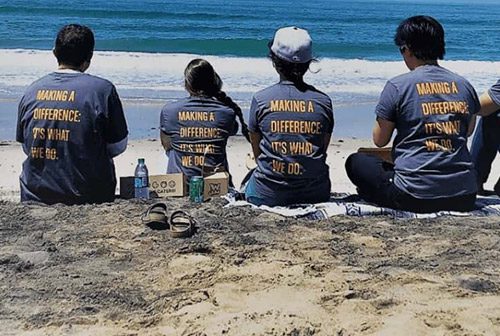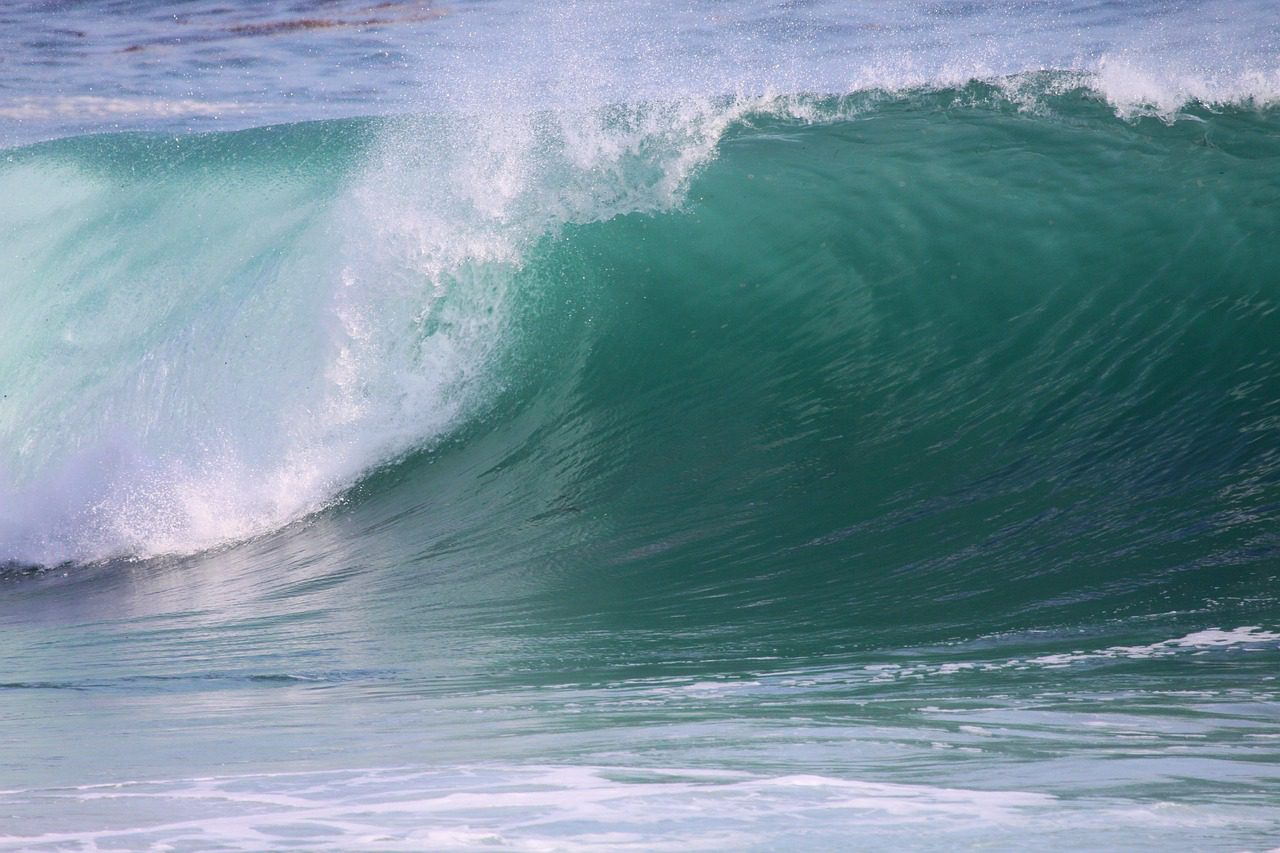This is part 4 of a 5 part series of results from our water monitoring lab. This post was written by the folks over at Surfrider Foundation, San Diego Chapter. If you haven’t read our watershed report, head over here and check it out. In this fourth part, we are going to take a look at the Tijuana River Valley.
The Tijuana River Valley has a decades-long history of water quality issues. Significant improvements in the arena of wastewater treatment in recent years have improved water quality on both sides of the border. However, storm water continues to bring substantial amounts of sediment and trash and other contaminants into the Valley from sources in both the United States and Mexico. The sediment and trash pollutants cause water quality impairments, threaten life and property from flooding, degrade valuable riparian and estuarine habitats and impact recreational opportunities for residents and visitors.
In 2008, the Surfrider Foundation, San Diego chapter started the No Border sewage Campaign. Through No Border Sewage, we have raised awareness, outreach and education of this incredibly overwhelming problem. Additionally, a network has formed of like-minded organizations. Through this network, consensus and collaboration has been built to address the conservation and restoration of the entire Tijuana River Watershed.


The Tijuna Watershed is 1,739 square-miles, with one quarter in the US and three quarters in Mexico. The city of Tijuana is on average about 300 feet higher than Imperial Beach. During the wet winter season, rain picks up pollutants as it washes across dirt roads, streets and urban canyons in the outskirts of Tijuana. In these canyons, tens of thousands live in ramshackle villages called Colonia’s. Population in Tijuana grows every day. In 1980, there were 500,000 people, and in 2013, it is projected there will be more than 2,500,000, much of whom are not hooked up to sewer lines. Population explosion is fueled by jobs at the maquiladora plants, which thrived after the US ratified the North American Free Trade Agreement. This explosive growth causes signifigant pollution. For example, rain from a December 17, 2008 storm caused the river to spew an estimated 3 billion gallons of contaminated water into the Pacific Ocean in one 24-hour period.
Surfrider has been involved with the border sewage issue for over a decade, fighting to avoid the negative environmental impacts and public health risks of discharging any raw sewage and debris directly into the ocean. One of the main goals of Surfrider’s No Border Sewage Campaign is to eliminate border sewage, pollution, solid waste, chemicals and sediment that flows across the Tijuana River during rain events. These pollutants are emptied into the ocean during dry events and close the beaches in Imperial Beach for half the year.
Imperial Beach has a rich and thriving surf culture and has contributed greatly to the history and roots of surfing in San Diego. The Tijuana Sloughs (pronounced slew) is a world class big wave break that was a gold standard for heavy-water surfing in Southern California beginning in the late 1930s. The pioneer wave riders of the Sloughs include local IB Lifeguard legend, Alan “Dempsey” Holder, Peter Cole, Kimble Daun and Ron “Canoe” Drummond. Today the massive and imposing waves still break on a serious Northwest swell but go largely un-ridden because the Sloughs act as the unloading dock for the Tijuana River, receiving some of the most repulsive water this earth has wrought. The solution can be achieved if the U.S. works with Mexico rather than pointing blame at Mexico.
As part of our commitment to improve coastal water quality in the border region, Surfrider is committed to working with other environmental organizations to operate as a strong united front whenever possible. Volunteers from Surfrider Foundation Blue Water Task Force have been heavily involved in volunteer activities in the Tijuana River Valley. Through a key partnership with San Diego Coastkeeper, No Border Sewage volunteers have tracked source point pollution during dry and wet weather events. On a monthly basis, volunteers hike out to three different locations within the Tijuana River Valley and Estuary and take water samples that are backed by state-approved quality control standards. During the winter season, we collect samples from Dairy Mart Road Bridge, which is the first natural filter for the trash, sediment and sewage that flows across the border. Volunteers literally walk through piles of plastic, Styrofoam, tires and trash sometimes as high as 10 feet to get to the shore line and take the samples. The mud is largely comprised of sediment which also poses as a danger when walking through it. It is almost as if you are sinking in quicksand. Other sampling site sites include the Hollister Street Bridge and Saturn Road, which are next to Suzy’s Farm. These locations are heavily flooded during rain events due to the hydrology of the River Valley and lifeguard rescues are a common occurrence.
During the summer season, volunteers hike out to three locations within the Tijuana Estuary that are further west than the winter season locations. The first stop is the Visitor Center Bridge. On any given day, you see a variety of birds, and if you are lucky a glimpse of an endangered clapper rail foraging in the pickle weed. Peregrine falcons, Snowy Egrets and Blue Herons also frequent overhead as you collect your water samples. From there, we hike out to the Grove Avenue Bridge and the Oneonta Slough River mouth. The river mouth is about a four mile hike and is breathtaking. The smell of saltwater, breathtaking views of the iconic Bullring and Lighthouse to the south in Mexico and the beautiful downtown San Diego skyline to the north make this trip a memorable one each and every time. The trail that leads to the Slough River mouth is named after Dr. Mike McCoy, who spearheaded the 10-year effort to save the estuary from a proposed marina created by dredging the Tijuana Estuary. He recognized the importance of preserving it and its wildlife as one of the last intact salt marsh ecosystems in Southern California.













